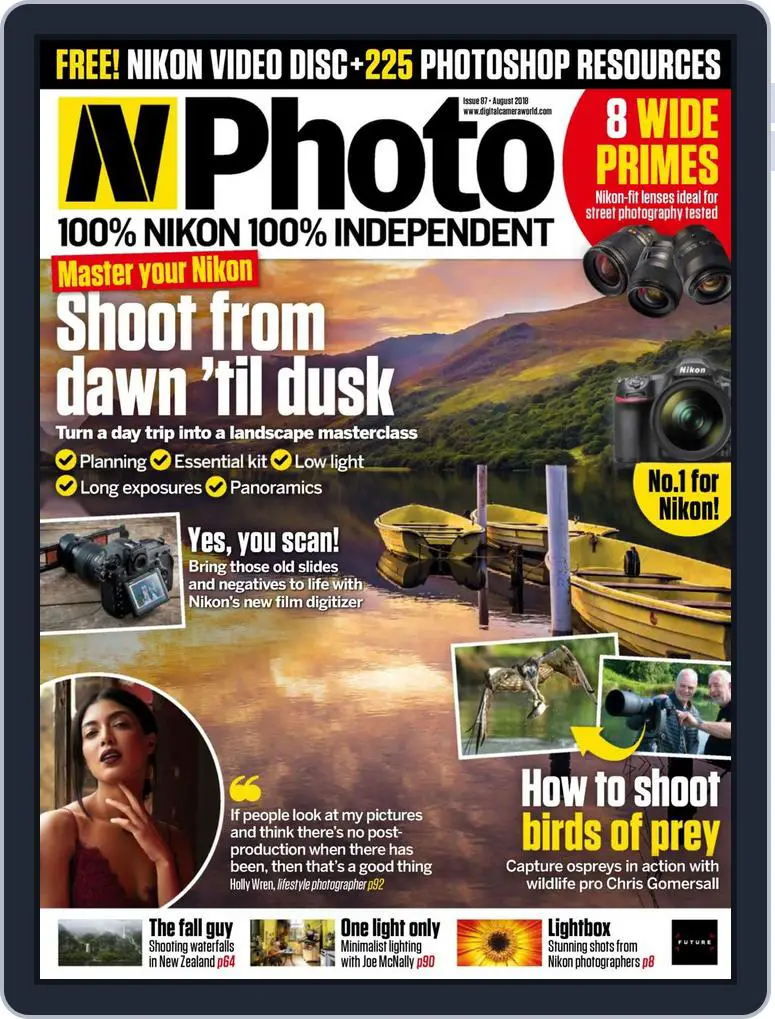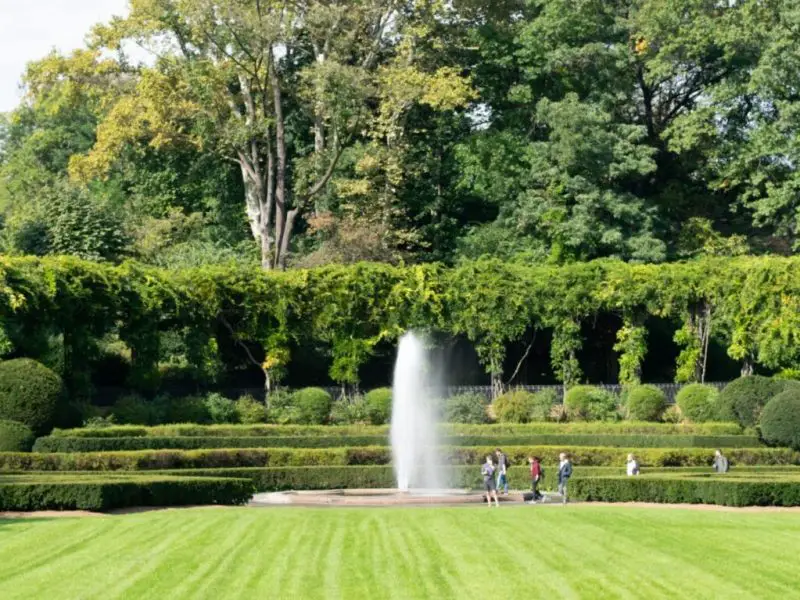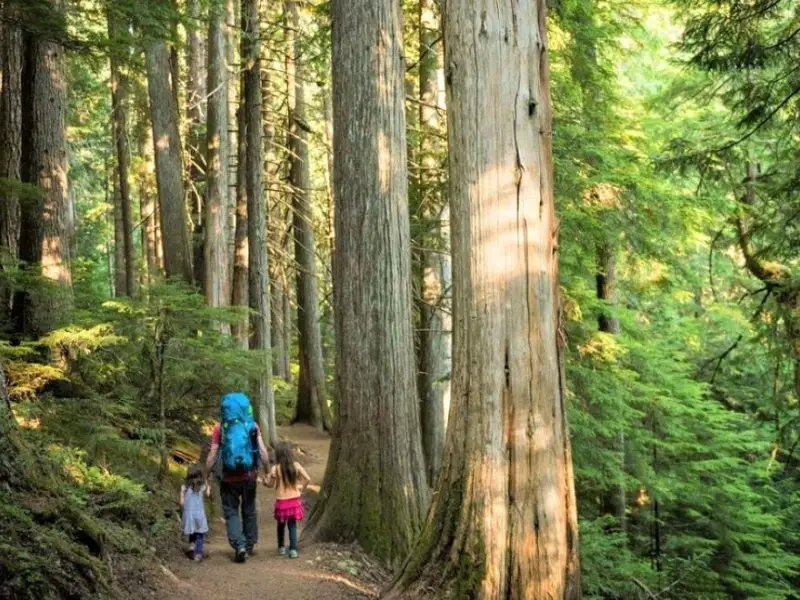To capture stunning wildlife photos in low-light conditions, use a high-quality camera and implement key techniques like adjusting ISO and using a fast lens. Here’s how you can successfully capture breathtaking wildlife photos in challenging lighting conditions.
As a nature enthusiast and photographer, you may find capturing wildlife images in low-light conditions to be a rewarding and exhilarating experience. The soft, diffused light during dawn or dusk, or even in the dense forests, offers a unique atmosphere and opportunities for awe-inspiring shots.
However, low-light conditions can present certain challenges, such as a lack of natural light and the chance of motion blur. To overcome these obstacles and capture stunning wildlife photos, you need to employ specific techniques and make the right equipment choices. By mastering ISO adjustments, selecting the appropriate lens, and using other valuable tips, you can enhance your photography skills and produce captivating images even in low-light conditions.
Choosing The Right Equipment
Choosing the right camera is crucial for capturing stunning wildlife photos in low-light conditions. When it comes to selecting the camera, consider whether a full-frame or crop sensor would work best for you. A camera with high ISO performance is essential to deal with the challenges of low-light situations.
Additionally, a fast autofocus system is necessary to capture fast-moving wildlife accurately. Optimal lenses for low-light wildlife photography include wide aperture lenses that allow more light into the camera. You can choose between zoom and prime lenses based on your specific needs.
Furthermore, image stabilization technology helps minimize camera shake and produce sharp images. To enhance your photography experience further, essential accessories such as a tripod or monopod, external flash or speedlight, and a remote shutter release can be utilized. With the right equipment, you can capture breathtaking wildlife photos even in challenging low-light conditions.
Understanding Exposure In Low-Light Environments
Understanding exposure in low-light environments is crucial for capturing stunning wildlife photos. By utilizing the manual mode on your camera, you gain full control over the settings. The exposure triangle, comprising of aperture, shutter speed, and ISO, needs to be balanced for optimal results.
Adjusting the aperture allows you to control the depth of field, creating a desired focus effect. Setting the right shutter speed is important when capturing fast-moving wildlife. Finding the optimal ISO setting helps minimize noise in low-light conditions. To ensure accurate exposure, utilize spot metering to measure light intensity on specific subjects.
Different metering modes should be used depending on the situation. Properly exposing for wildlife subjects requires skill and practice. Exposure compensation can be used to overcome challenging lighting conditions. Lastly, ensure proper exposure on dark subjects for a well-balanced and visually pleasing photograph.
Mastering Low-Light Wildlife Shooting Techniques
Mastering low-light wildlife photography requires a deep understanding of natural light sources. The golden hour and blue hour provide optimal lighting conditions for stunning shots. Utilizing ambient light creatively adds depth to your photographs. Experimenting with artificial lighting techniques can enhance your images.
When it comes to flash, both on and off-camera options have their benefits. Diffusing and bouncing flash creates a natural look. Fill flash helps enhance details in challenging lighting situations. Employing high-speed sync allows you to freeze fast-moving subjects. Syncing flash with high shutter speeds helps capture action.
Long exposure techniques create unique and artistic results. Lastly, panning techniques add dynamism to your wildlife shots. Mastering these techniques will enable you to capture captivating wildlife photos even in low-light conditions.

Credit: www.rtings.com
Frequently Asked Questions On How Can I Capture Stunning Wildlife Photos In Low-Light Conditions?
How Do You Take Pictures Of Wildlife In The Dark?
To take wildlife pictures in the dark, use a camera with high ISO settings and a fast lens.
How Do You Take Bird Pictures In Low Light?
To capture bird pictures in low light, use a fast lens, adjust your ISO setting, and stabilize your camera with a tripod.
What Is The Best Light For Wildlife Photography?
The best light for wildlife photography is natural sunlight, which brings out vibrant colors and enhances details.
What Settings Allow You To Take Pictures In Low Light Conditions Without Having To Use A Flash?
To take pictures in low light conditions without using a flash, adjust your camera settings accordingly.
Conclusion
Capturing stunning wildlife photos in low-light conditions requires a combination of technical skill, the right equipment, and a patient approach. By considering factors such as ISO, aperture, and shutter speed, photographers can optimize their camera settings to achieve clear and highly-detailed shots.
Investing in a camera with low-light capabilities, such as a full-frame sensor or a fast lens, can also greatly enhance image quality in challenging lighting conditions. Additionally, employing techniques like using a tripod, adjusting white balance, and experimenting with natural light sources can further elevate the beauty and drama of wildlife photos in low-light.
It’s important to remember that practice and perseverance are key when venturing into low-light wildlife photography. By honing your skills, understanding your equipment, and embracing the beauty of the natural world, you can capture breathtaking images that tell compelling stories.
So go out there, be patient, and let the magic of low-light photography unfold before your lens.



